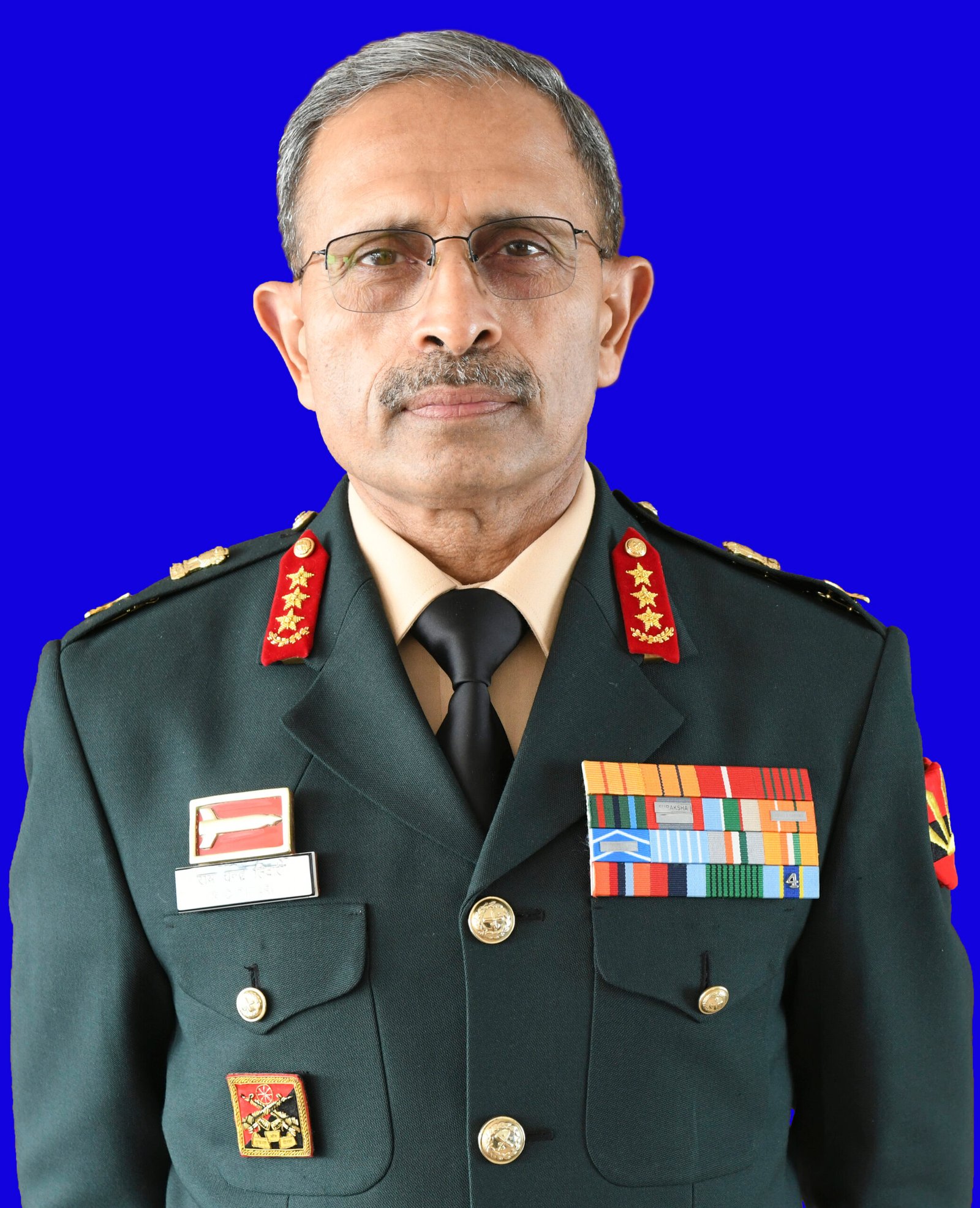Vehicles washed away in floodwaters could be seen stuck in tree trunks and submerged here and there in many places
At least 70 persons have been killed in massive landslides triggered by heavy rains in Wayanad on Tuesday and hundreds are trapped beneath the debris, sparking fears of mounting fatalities, even as rescue agencies were racing against time to pull out any survivors.
Seventy people have died due to landslides in Wayanad while 2 people have been rescued alive, said MoS Home Nityanand Rai in Rajya Sabha.
The landslides that occurred in the early hours of Tuesday caught the sleeping villagers off-guard. It quickly turned otherwise picturesque hamlets in the hilly district into a picture of gloom, as the natural tragedy left behind a trail of destruction and despair in the southern state.
Rescue teams comprising the Army, Navy, and NDRF are collectively looking for survivors amid rough weather and multiple agencies are working in tandem to provide critical assistance to those affected.
According to a senior government source, heavy rains triggered a series of massive landslides in hilly areas of Meppadi in the district, sparking apprehensions of a possible increase in fatalities.
As rescue workers are recovering body parts from the rivers and mud, it is difficult to ascertain the exact number of people killed in the tragedy, said a Kerala government source.
It is unclear whether the remains belong to a single person or multiple individuals, the source added.
There are several women and children among the dead. The bodies of the deceased are being taken to various hospital morgues for identification and autopsy.
Mundakkai, Chooralmala, Attamala, and Noolpuzha villages were among the areas affected and cut off by the landslides, authorities said.
Frantic phone calls made by people desperately pleading for help after being trapped under destroyed houses and piles of debris highlighted the intensity of the deadly landslide.
Several people who were injured in the landslides have been admitted to various hospitals.
Meanwhile, the Kerala government has also sought the assistance of the Defence forces to augment rescue operations. A 43-member team from the 122 Infantry Battalion (TA) MADRAS has been deployed to aid in the efforts.
Reinforcing the rescue efforts, additional columns comprising 200 soldiers, medical teams, and equipment from the Defence Security Corps (DSC) Centre, Kannur, and the Territorial Army from Kozhikode have been pressed into service.
In a bid to rapidly evacuate stranded persons, two Indian Air Force helicopters from Air Force Station Sulur have been dispatched to the affected area.
Furthermore, the Navy’s River Crossing Team from the Ezhimala Naval Academy, Kannur, is set to join the rescue efforts, as per a request made by the Kerala government.
The multi-pronged rescue operation is underway to provide critical assistance to those affected by the landslides in Wayanad.
Kerala Chief Minister Vijayan’s OSD S Karthikeyan was tasked with coordinating the rescue operations, the CM’s office said in a statement.
Prime Minister Narendra Modi expressed concern over the incident and said he spoke to Chief Minister Pinarayi Vijayan and assured all possible help from the Centre to the state.
Congress MP and Leader of Opposition in Lok Sabha Rahul Gandhi also spoke to Vijayan and expressed deep sorrow over the tragedy. He called for urgent rescue and relief operations.
The landslides left a trail of destruction, with several houses destroyed, water bodies swollen, and trees uprooted, hampering rescue operations.
 16:35 30 Jul
16:35 30 JulArmy dogs that can sniff out life from under mud to be deployed in Wayanad
Expertly-trained dogs from the Army’s elite canine unit of breeds such as Belgian Malinois, Labradors, and German Shepherds, which can smell human remains and even the faintest of breath buried deep under mud, are on their way to the landslide-ravaged Meppadi in Wayanad.

















































































